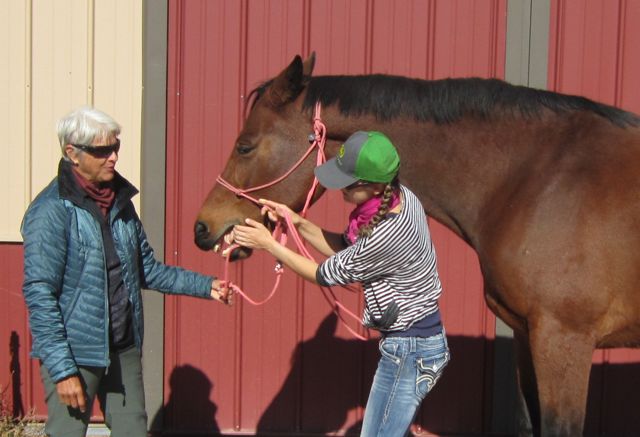
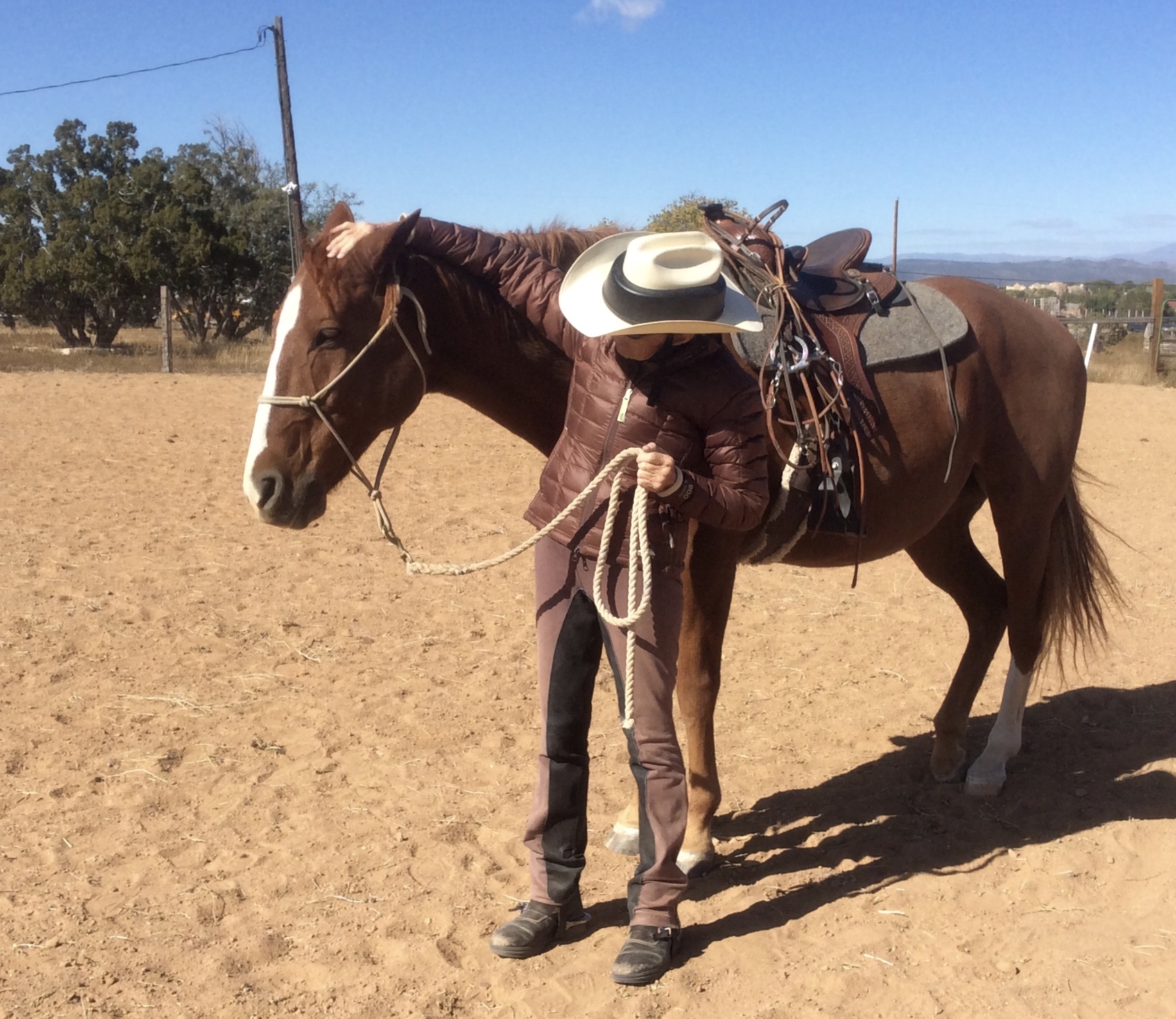
Using Henkels’s tried and tested technique to resolve painful limitations in the equine body with conformation balancing and fascia fitness, your horse will be happier and more relaxed. Is Your Horse 100% is a fascinating, educational read and the design of the book makes it easy for horse lovers to follow along with Henkels’s instruction for working with your animal. Complete with color photos and detailed drawings, Is Your Horse 100% is a necessity for horse owners and trainers alike.
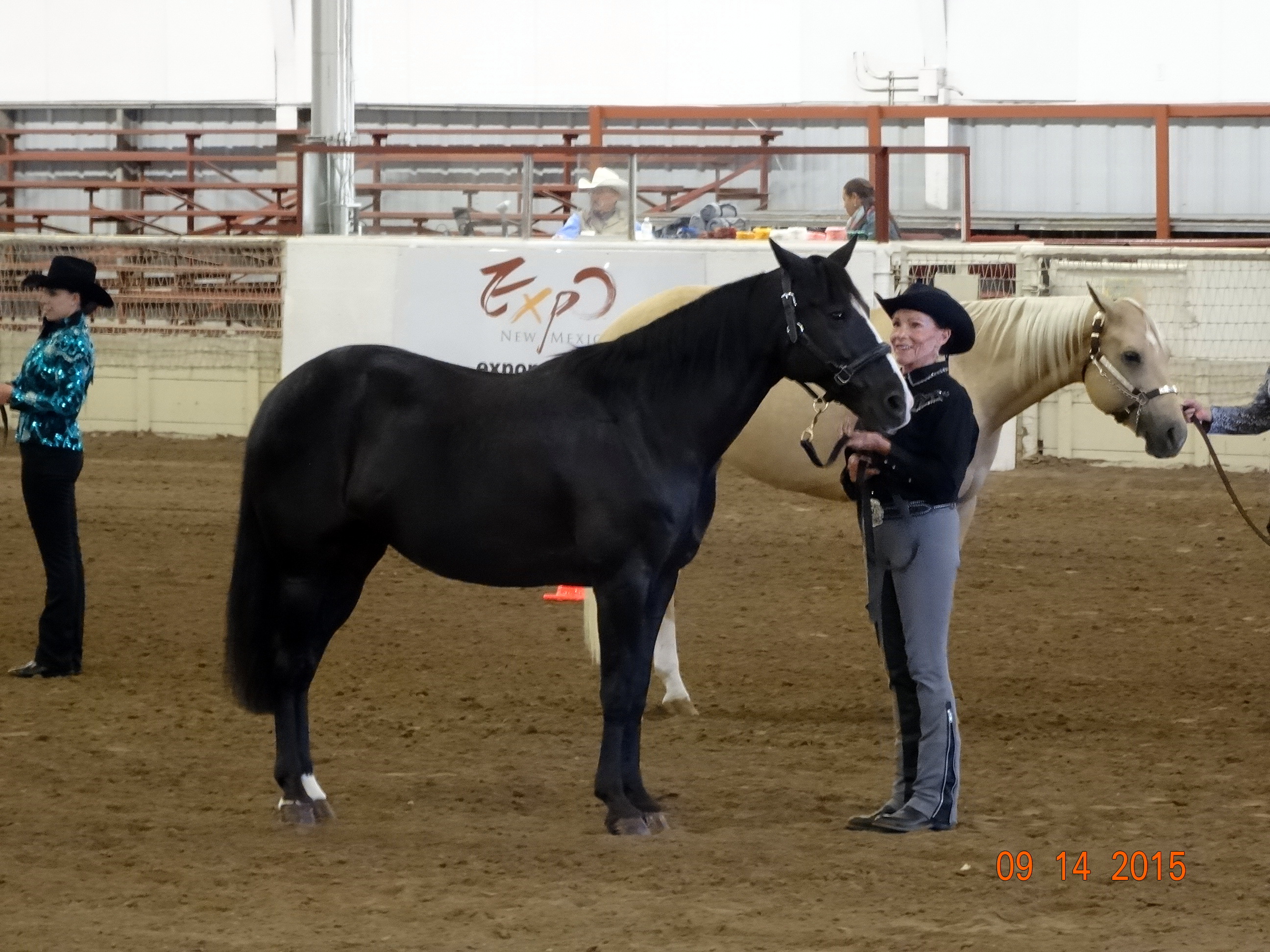
I received your book and have begun reading it – while getting ready to leave for elk camp next week for 3 weeks! The book is TERRIFIC! I love the pictures, the illustrations, the way you describe things in layman’s terms, and how I can relate to what I saw you do first-hand. I am so excited for you, me and Aspen…. I am taking your book and will practice on Aspen at camp. I really like that the book is spiral notebook style so I can take it and use it in the field as it were. Amazing job lady! You will help so many people and horses.” Nancy and the “A” Team
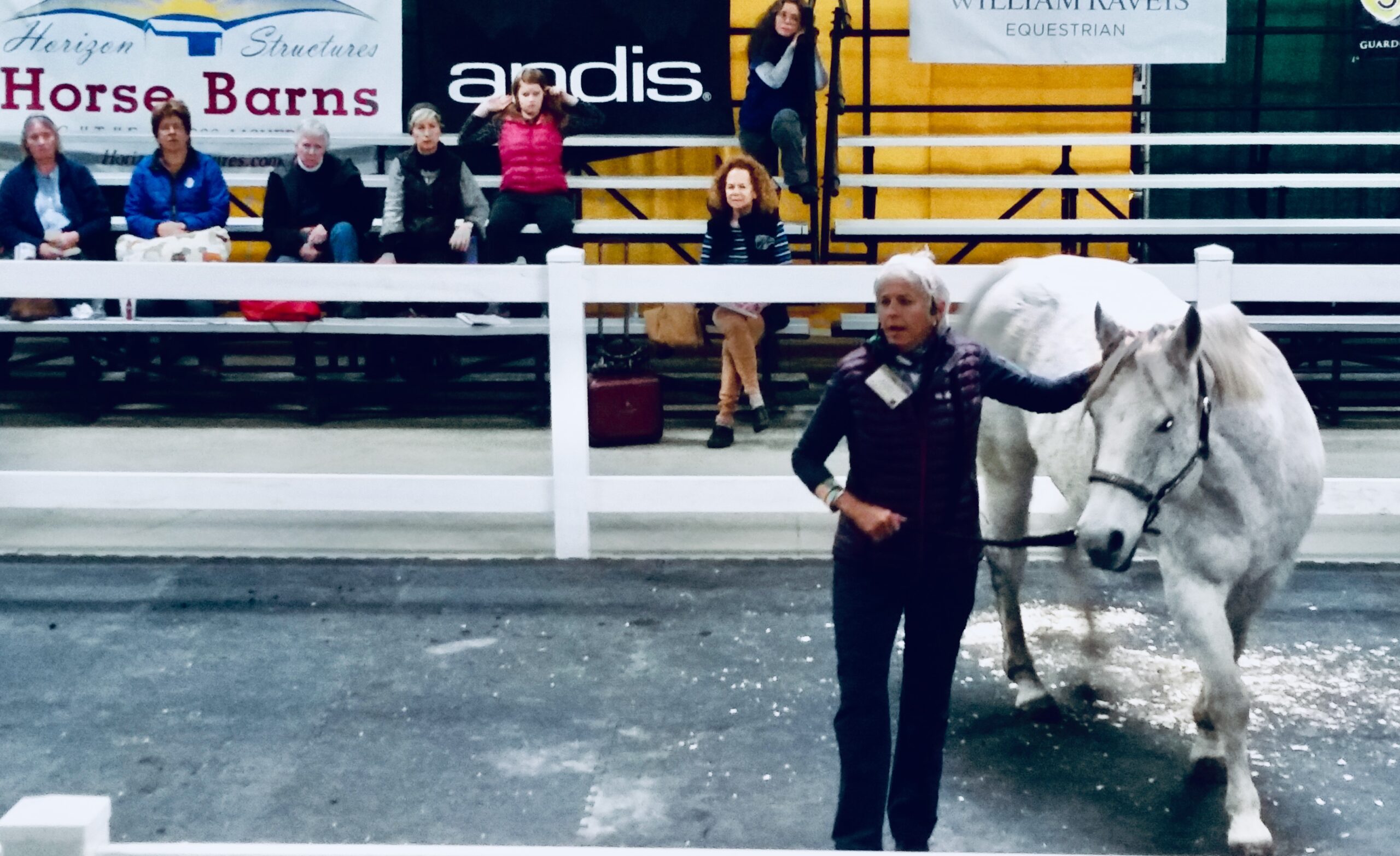
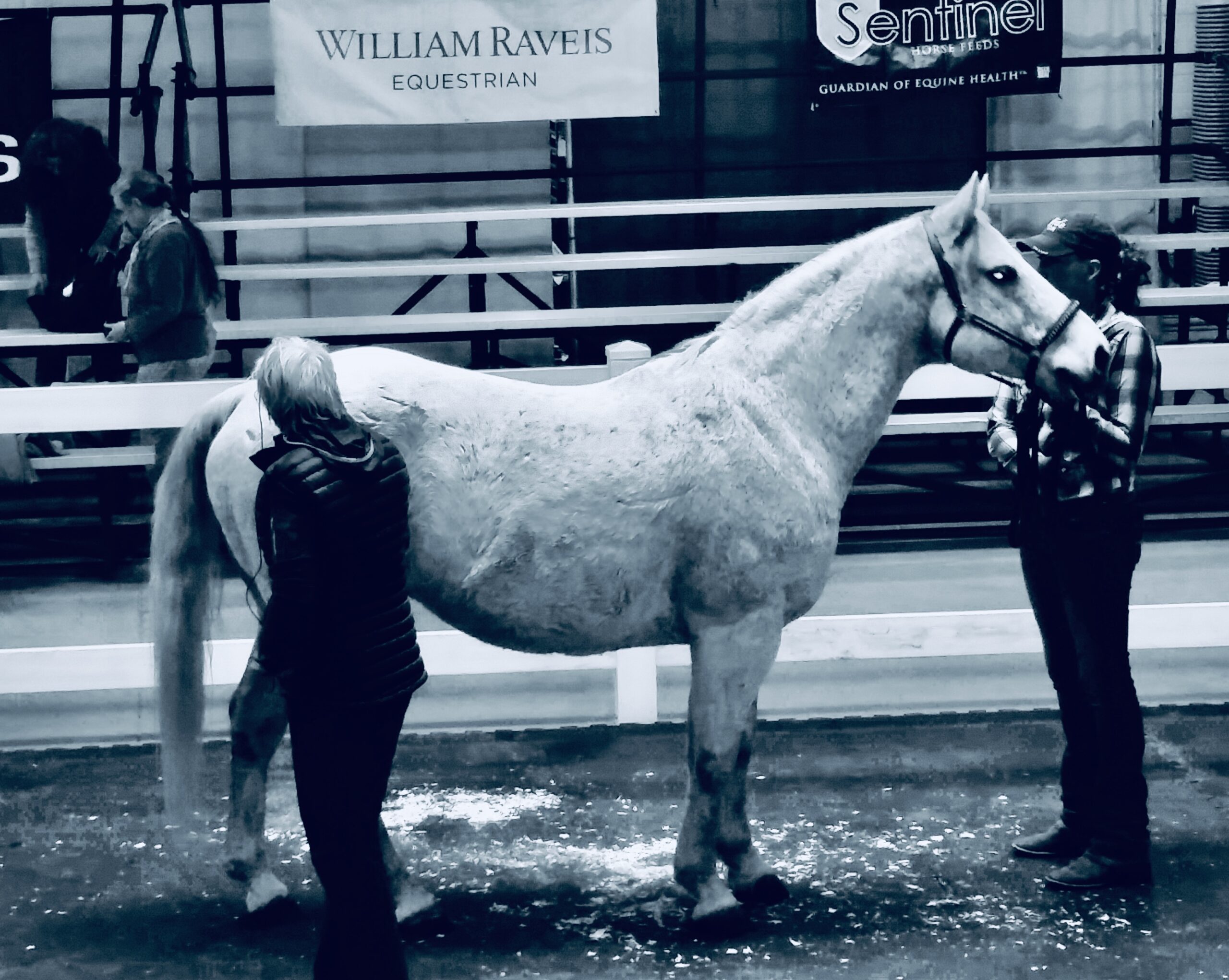
Margret Henkels’ Is Your Horse 100%? instantly stood out to me as a valuable resource to those of us who engage equines in therapeutic or educational work.
Program horses are often in the second half of their lives and/or retired from more demanding performance careers, which often have had some long-term effects on their soundness and general physical well-being. In addition, these wonderful equines now rise to the challenges of therapeutic work, which may include carrying riders who are unbalanced, or who demonstrate high levels of anxiety or even unusual human behaviors at times. All of these factors can cause program horses to be uncomfortable on the job or to burnout, and as a program director, I am always eager to find accessible resources that can enhance the well-being of our essential equine partners.
Henkels’ conformation balancing and fascia fitness methods offer an affordable, do-no-harm, flexible body work option that the layperson can learn to do safely, hopefully maintaining or enhancing our program horses’ physical and mental well-being. In addition, Henkels’ approach is inherently hopeful – she reminds us “the body is not static” but always changing, for better or worse. With her methods, we can support our horses changes in the direction of fitness and competency. Henkels reminds us that as “horse people,” we are all always communicating with our horses, and she provides simple but brave advice for deepening our intimacy with our equine partners through evolved, deliberate nonverbal communication. All around, the words and images in Henkel’s beautiful book engaged my sense of our ever-evolving and deepening connection with the equine species. I especially appreciated her practical ideas for giving back to the program equines I know, who give so much to humankind.
—Karen Brittle, Assistant Professor of Equine Studies, Centenary University, and Director of Therapeutic Riding At Centenary (TRAC); PATH Intl. Certified Advanced Therapeutic Riding Instructor and Equine Specialist in Mental Health and Learning (ESMHL)
Hands on Healing by Rebecca Didier
Horse Network (horsenetwork.com)
What if I told you that with patient, conscientious placement of your hands on specific areas of the horse’s body, you can bring about profound change in his physical and mental well-being? Want to know the secret? The internet-like web of fascia beneath the skin. Continue reading…

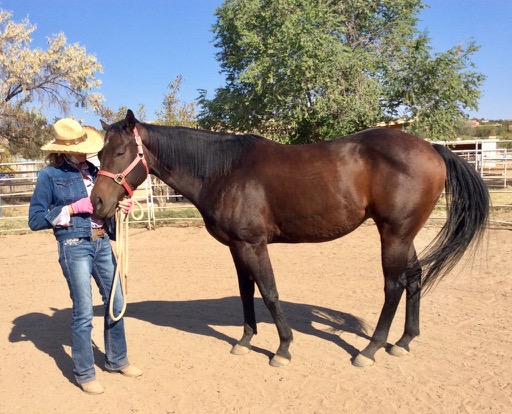
“Looking to medicine, rehabilitation, exercise and ineffective gimmicks & gadgets for the solution has been ineffective for so many people.” Sue Hitzmann, “The Melt Method.”
“The fascia system is responsible for misalignment, imbalance, chronic pain and disfomfort.”
“Unlike muscle, Fascia doesn’t receive input from the brain or nervous system to adapt to our movement. Fascia works independently to organize, stabilize and protect the body for its movement. When there’s pain, the Fascia system has to be treated as a whole.”
OUR HORSES DESERVE TO FEEL THEIR BEST BECAUSE THEY GIVE US THEIR BEST: After her first session, I noticed a difference right away. She had more energy and was eager to canter for a long time. After the second session, she was much more balanced and willing to shift her weight to her hind end. This resulted in smoother and cleaner canter departs and our lateral work was much easier…. She is living up to her bloodlines and is starting to show great promise in the Dressage arena. Thank you for unlocking her potential for a bright future and giving us a chance to become better partners. Your bodywork is money well spent. Marcia S
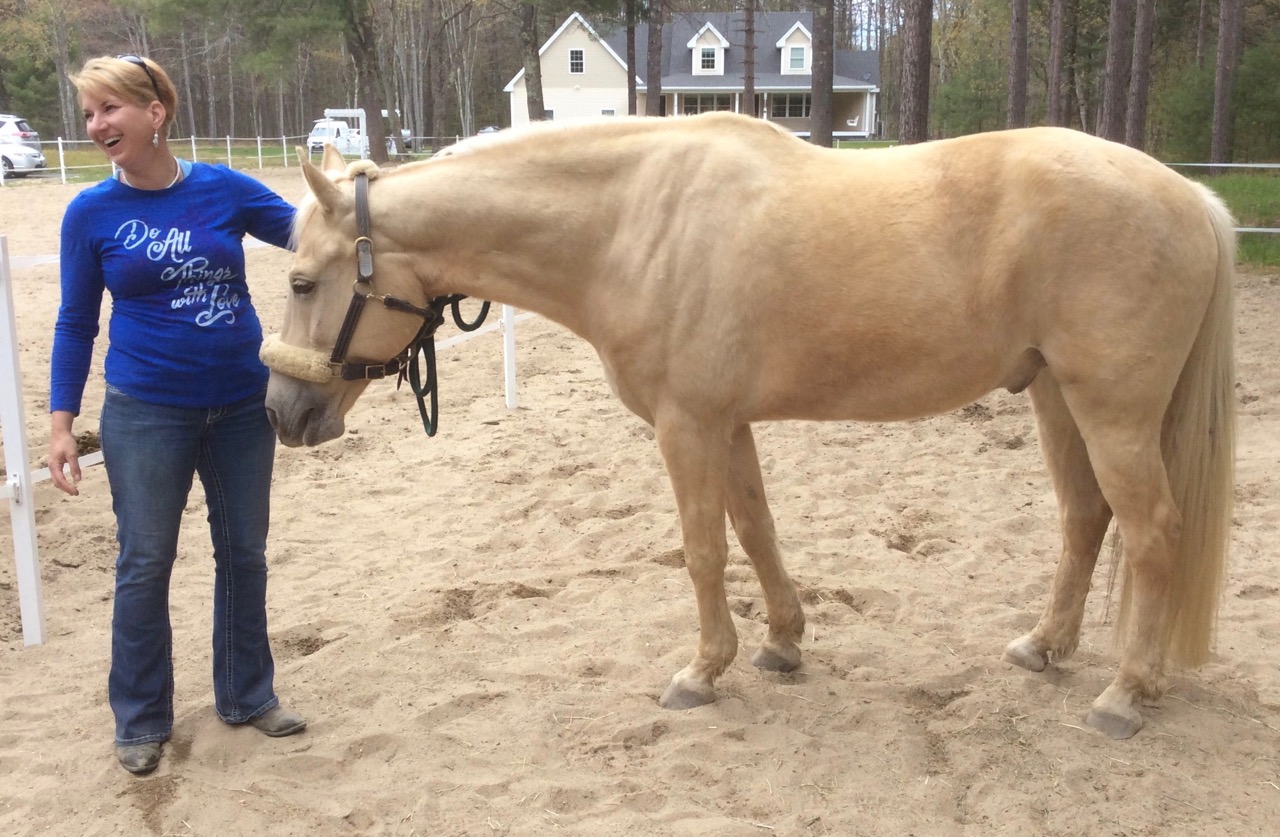


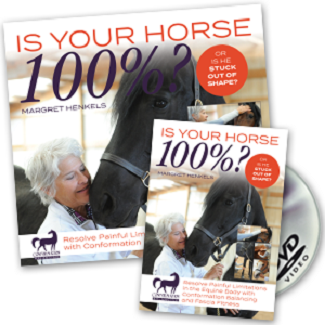
“I attended Margret Henkel’s SOFT RIDERS/SOFT HORSES clinic near Brattleboro VT. I had already read her book, “Is Your Horse 100%?” and watched her companion DVD. But there is nothing like in-person, hands-on experience. Margret demonstrated a technique – we then performed it on our horse. We were able to practice all the basics on multiple horses thus having a range of experiences. Centered Riding with instructor Dorothy Crosby demonstrated how to be “Soft Riders”. The instruction was very good with exercises and images. A good time for all.” Elizabeth V, NY
